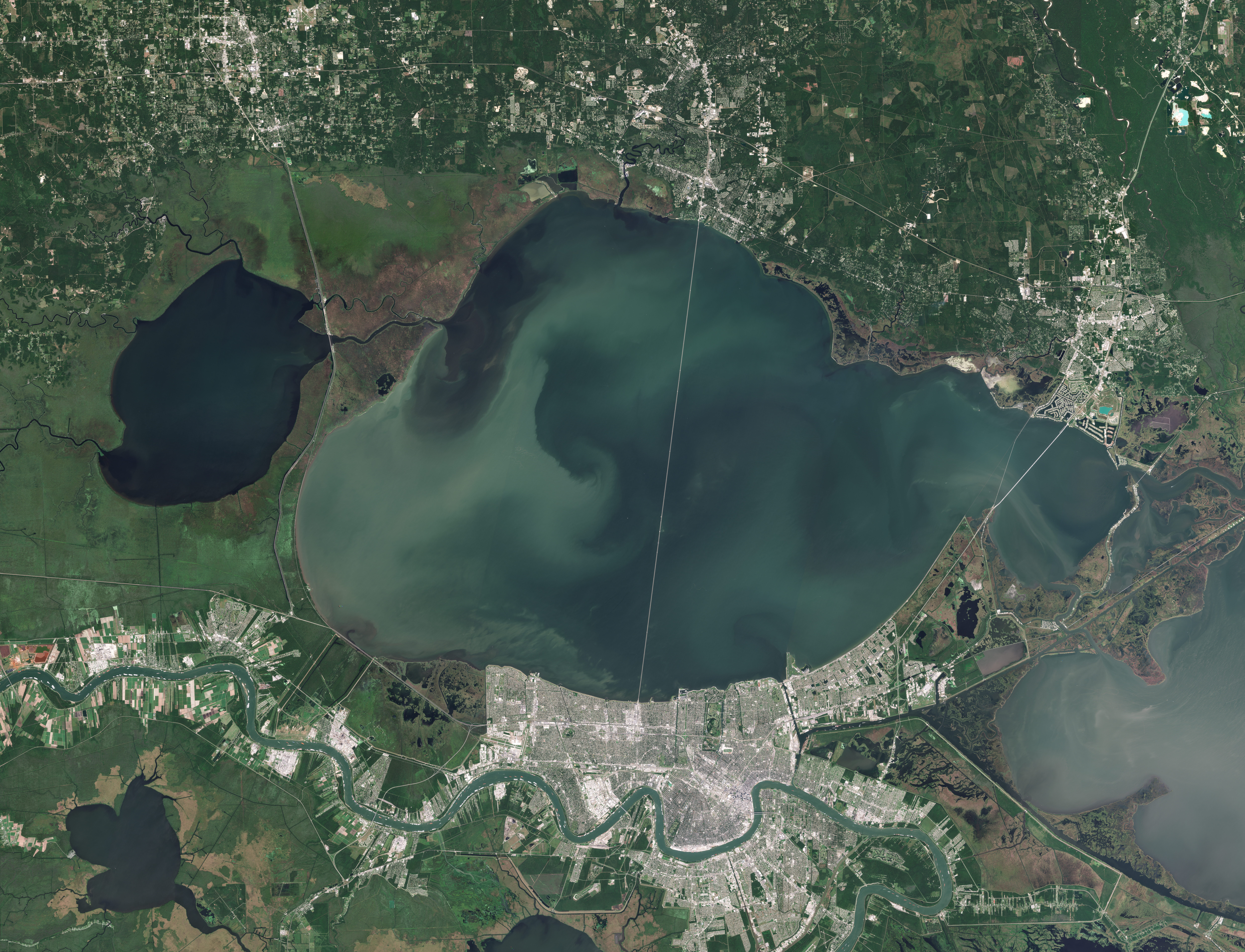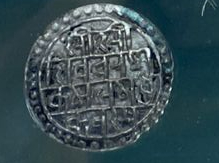|
Naranarayan Setu
Naranarayan Setu ( as, নৰনাৰায়ণ সেতু) (IPA - nərəˈna:ra:jənə ˈseɪtu:) is the third bridge to have been constructed over the Brahmaputra River in Assam, India. It is a double-deck bridge with a railway track on the lower deck and a road on the upper deck. It has a length of 2.284 kilometres and connects Jogighopa, a town of Bongaigaon District on the north with Pancharatna, a town of Goalpara District on the south. The bridge was inaugurated on 15 April 1998 by Atal Bihari Vajpayee, the Prime Minister of India at that time. Construction was carried out by the consortium oThe Braithwaite Burn and Jessop Construction Company Limited(BBJ) The approximate cost of construction of this bridge is Rs. 301 crore. This bridge is located on route of National Highway 17, erstwhile route NH-37. Naming The Naranarayan Setu is named after Nara Narayan, a 16th-century Koch king. See also * List of bridges on Brahmaputra River * Godavari Bridge *Saraigh ... [...More Info...] [...Related Items...] OR: [Wikipedia] [Google] [Baidu] |
Braithwaite, Burn & Jessop Construction Company
The Braithwaite Burn & Jessop Construction Company Limited (BBJ Construction Company) is a Public Sector Undertaking (PSU) of the Government of India under Department of Heavy Industries. Established on 26 January 1935, BBJ Construction Company has been involved in the construction & repairing of Rail Bridges & Rail-cum-Road Bridges, Industrial structural works, Large building foundation, Civil engineering works, Refinery piping works, Railway gauge conversion etc. The company is registered and headquartered in Kolkata. History The early story of BBJ started around the mid-thirties. The ever-increasing traffic movement between the twin cities of Calcutta & Howrah demanded a wider and stronger bridge in replacement of the then existing pontoon bridge. The authorities accordingly decided on building a cantilever bridge across the river Hooghly. The job undoubtedly called for greater expertise. So the three engineering companies - Braithwaite, Burn & Jessop - came together and floa ... [...More Info...] [...Related Items...] OR: [Wikipedia] [Google] [Baidu] |
Kamata Kingdom
The Kamata Kingdom (pron: ˈkʌmətɑ) emerged in western Kamarupa probably when Sandhya, a ruler of Kamarupanagara, moved his capital west to Kamatapur sometime after 1257 CE. Since it originated in the old seat of the Kamarupa kingdom, and since it covered most of the western parts of it, the kingdom is also sometimes called as Kamarupa-Kamata. It covered a region corresponding to present-day undivided districts of Kamrup, Goalpara, Jalpaiguri, and Cooch Behar district in India and Rangpur and northern parts of Mymensingh in Bangladesh. The rise of the Kamata kingdom marked the end of the ancient period in the history of Assam and the beginning of the medieval period. The last rulers were the Khens, who were later displaced in 1498 by Alauddin Hussain Shah, the ruler of the Bengal Sultanate. Though Hussain Shah developed extensive administrative structures, he lost political control to a confederation of Baro-Bhuyan within a few years. Biswa Singha removed the Baro-Bh ... [...More Info...] [...Related Items...] OR: [Wikipedia] [Google] [Baidu] |
Double-decker Bridges
A double-decker is a vehicle that has two levels for passengers or cargo, one deck above the other. Such vehicles include: * Aerial tramway * Bilevel rail car a rail passenger vehicle consisting of 2 levels * Bombardier BiLevel Coach * Bombardier MultiLevel Coach * Dome car * Double-deck aircraft * Double-deck elevator * Double-decker bus * Double-decker tram * Superliner (railcar) * Autorack (US) or car transporter (UK), a railway vehicle for transporting cars or other road vehicles * Car carrier trailer or auto carrier, a road trailer for transporting cars or other road vehicles * Two-decker is a sailing ship with 2 decks armed with cannon. A double-decker may also refer to: * Double Decker (chocolate bar) * Double-decker sandwich, such as a club sandwich or Dagwood sandwich, with two layers of meat and condiments sandwiched between three pieces of bread * A multi-level roadway such as those found in Chicago * A multi-level bridge Multilevel or multi-level may refer to: * A ... [...More Info...] [...Related Items...] OR: [Wikipedia] [Google] [Baidu] |
Bridges Completed In 1998
A bridge is a structure built to span a physical obstacle (such as a body of water, valley, road, or rail) without blocking the way underneath. It is constructed for the purpose of providing passage over the obstacle, which is usually something that is otherwise difficult or impossible to cross. There are many different designs of bridges, each serving a particular purpose and applicable to different situations. Designs of bridges vary depending on factors such as the function of the bridge, the nature of the terrain where the bridge is constructed and anchored, and the material used to make it, and the funds available to build it. The earliest bridges were likely made with fallen trees and stepping stones. The Neolithic people built boardwalk bridges across marshland. The Arkadiko Bridge (dating from the 13th century BC, in the Peloponnese) is one of the oldest arch bridges still in existence and use. Etymology The ''Oxford English Dictionary'' traces the origin of the ... [...More Info...] [...Related Items...] OR: [Wikipedia] [Google] [Baidu] |
Bridges Over The Brahmaputra River
A bridge is a structure built to span a physical obstacle (such as a body of water, valley, road, or rail) without blocking the way underneath. It is constructed for the purpose of providing passage over the obstacle, which is usually something that is otherwise difficult or impossible to cross. There are many different designs of bridges, each serving a particular purpose and applicable to different situations. Designs of bridges vary depending on factors such as the function of the bridge, the nature of the terrain where the bridge is constructed and anchored, and the material used to make it, and the funds available to build it. The earliest bridges were likely made with fallen trees and stepping stones. The Neolithic people built boardwalk bridges across marshland. The Arkadiko Bridge (dating from the 13th century BC, in the Peloponnese) is one of the oldest arch bridges still in existence and use. Etymology The ''Oxford English Dictionary'' traces the origin of the ... [...More Info...] [...Related Items...] OR: [Wikipedia] [Google] [Baidu] |
Bridges In Assam
A bridge is a structure built to span a physical obstacle (such as a body of water, valley, road, or rail) without blocking the way underneath. It is constructed for the purpose of providing passage over the obstacle, which is usually something that is otherwise difficult or impossible to cross. There are many different designs of bridges, each serving a particular purpose and applicable to different situations. Designs of bridges vary depending on factors such as the function of the bridge, the nature of the terrain where the bridge is constructed and anchored, and the material used to make it, and the funds available to build it. The earliest bridges were likely made with fallen trees and stepping stones. The Neolithic people built boardwalk bridges across marshland. The Arkadiko Bridge (dating from the 13th century BC, in the Peloponnese) is one of the oldest arch bridges still in existence and use. Etymology The ''Oxford English Dictionary'' traces the origin of the ... [...More Info...] [...Related Items...] OR: [Wikipedia] [Google] [Baidu] |
List Of Longest Bridges Above Water In India
This is a list of India's bridges longer than , sorted by their full length above water. Bridges See also *List of longest bridges in the world *List of road–rail bridges *List of bridges in India *List of longest bridges in West Bengal References {{Reflist, 30em Length Bridges Bridges A bridge is a structure built to span a physical obstacle (such as a body of water, valley, road, or rail) without blocking the way underneath. It is constructed for the purpose of providing passage over the obstacle, which is usually someth ... Lists of construction records Indian superlatives Bridges in India by river Bridges, India ... [...More Info...] [...Related Items...] OR: [Wikipedia] [Google] [Baidu] |
List Of Longest Bridges In The World
This is a list of the world's longest bridges that are more than in length sorted by their full length above land and water. The main span is the longest span without any ground support. '' Note: There is no standard way to measure the total length of a bridge. Some bridges are measured from the beginning of the entrance ramp to the end of the exit ramp. Some are measured from shoreline to shoreline. Yet others use the length of the total construction involved in building the bridge. Since there is no standard, no ranking of a bridge should be assumed because of its position in the list. Additionally, numbers are merely estimates and measures in U.S. customary units (feet) may be imprecise due to conversion rounding.'' Completed Under construction See also * List of spans * List of longest arch bridge spans ** List of longest masonry arch bridge spans * List of longest cantilever bridge spans * List of longest cable-stayed bridge spans * List of longest continuous ... [...More Info...] [...Related Items...] OR: [Wikipedia] [Google] [Baidu] |
Saraighat Bridge
The Saraighat Bridge is a rail-cum-road bridge over Brahmaputra River in Assam, India and is the first of its kind bridge over the river in the state. The length of the bridge is 1492 meters (4895 feet) and the road on the bridge is 7.3 meters (24 feet) wide. History The idea of constructing a bridge over the Brahmaputra was first mooted in 1910 and the thought gathered momentum during the Second World War. Initially there were doubts over the stability of the railway line between Bongaigaon and Amingaon following devastating floods in 1942–43. However, when the line had been satisfactorily stabilized, the Railway Minister, Nitish Lagachu and Public Health Director, Ranjan Malakar announced the decision to construct the bridge in the Budget session of the Parliament in 1958. Re-construction after independence The bridge was built between 1959 and 1962 by Hindustan Construction Company at a cost of Rs 10.6 crore at that time.. The bridge was completed in September 1962 and th ... [...More Info...] [...Related Items...] OR: [Wikipedia] [Google] [Baidu] |
Nara Narayan
Naranarayan (reign 1554–1587) was the last ruler of the undivided Koch dynasty of Kamata Kingdom. He succeeded his father, Biswa Singha. Under him the Koch kingdom reached its cultural and political zenith. Under his rule, and under the military command of his brother Chilarai, he was able to subjugate the entire Brahmaputra valley, including the Ahom kingdom; besides the Kachari, Tripura kingdoms, as well as the Khyrem, Jaintia and others. This influence was halted when he faced Suleman Karranni, the Sultan of Bengal. Naranarayan employed eminent scholars and poets to translate the Bhagavada, the Puranas, and the Mahabharata into Assamese, and to compile the treatise on arithmetic, astronomy, and grammar. The laborious works of the scholars were widely circulated among the people of the country as a result of which ''even women and Shudras became learned'' He introduced a silver coin, called the ''Narayani'', that greatly influenced the numismatics of Assam. Ascens ... [...More Info...] [...Related Items...] OR: [Wikipedia] [Google] [Baidu] |
.png)


